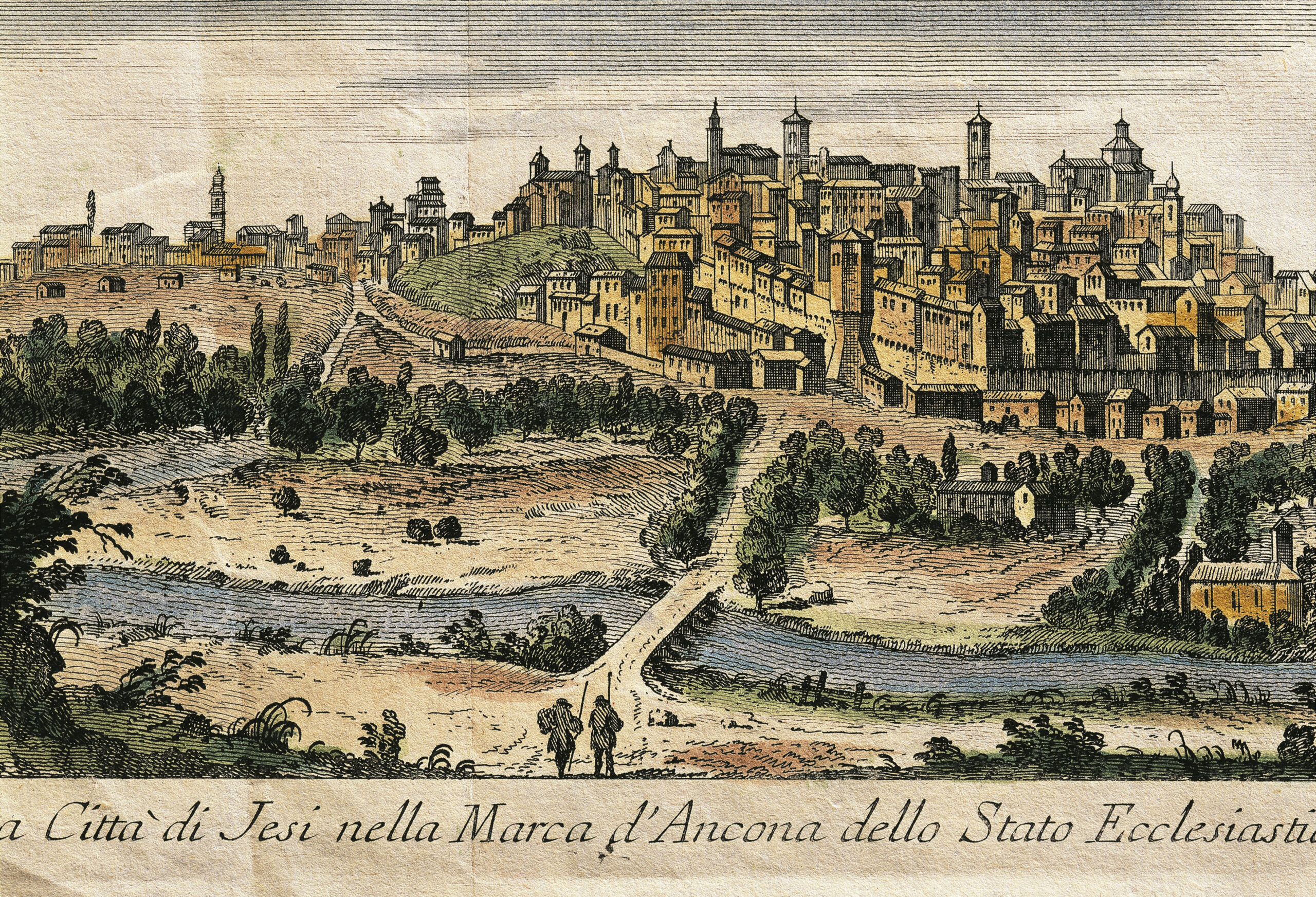click to dowload our latest edition
CLICK HERE TO SUBSCRIBE TO OUR NEWSLETTER


Published
1 year agoon
JTA – Many Jews around the world celebrate Purim in the same ways: by reading the story of the heroic Queen Esther, dressing in festive costumes, and drinking alcohol.
For many of the 900 or so Jews in Bosnia and Herzegovina, it will be the first of two annual Purim celebrations.
Since 1820, locals have also observed the Purim de Saray (Saray being a root of the word Sarajevo) early in the Hebrew calendar month of Cheshvan, which usually falls in October or November.
In that year, the story goes, a local dervish was murdered, prompting the corrupt Ottoman pasha of Sarajevo, a high-ranking official, to kidnap 11 prominent Jews, including the community’s chief rabbi, a kabbalist named Moshe Danon. The pasha accused them of the murder of the dervish – who had converted from Judaism to Islam – and held them for ransom, demanding 50 000 groschen of silver from the community.
But the pasha, who was a transplant from elsewhere in the Ottoman empire, deeply offended the multiethnic populace of Sarajevo, who considered the Jewish community – then about one-fifth of the city’s entire population – an essential part of their home. So local Jews, Muslims, and Christians rebelled together, storming the pasha’s palace and freeing the imprisoned community leaders.
Ever since, Bosnian Jews have celebrated that story by visiting the grave of the Sarajevan Jewish historian, Zeki Effendi, who was the first to document it. Dozens also take part in a pilgrimage every summer to the grave of Danon, who is buried in the south of Bosnia, not far from the Croatian border.
For centuries, several other Jewish communities around the world observed their own versions of Purim based on stories of local resistance to antisemitism.
Jews settled in and around Ancona on Italy’s Adriatic coast in the 10th century, and by the 13th century, they had established a flourishing community.
The city’s first local Purim story, marked on the 21st of the Hebrew month of Tevet (usually in January), was established at the end of the 17th century and marks an earthquake that nearly destroyed the city.
“On the 21st of Teveth, Friday evening, of the year 5451 (1690), there was a powerful earthquake. The doors of the temple were immediately opened and it was filled with men, women, and children, who came to pray to the eternal in front of the holy ark. A true miracle then took place in the temple: there was only one light, which remained lit until it was possible to provide for it,” wrote Venetian Rabbi Yosef Fiammetta in 1741, in his text Or Boqer (The light of the morning).
Other Ancona Purims were established a half and three-quarters of a century later, respectively. The story of the first commemorates fires that nearly destroyed the local synagogue but miraculously didn’t, and the next tells of a pogrom that nearly destroyed the community as Napoleon marched through Italy during the French Revolutionary Wars.
Today, these stories have largely faded into memory. But a few centuries ago, Italy had a high concentration of communities that celebrated local Purims, including in Casale Monferrato, Ferrara, Florence, Livorno, Padua, Senigallia, Trieste, Urbino, Verona, and Turin – some into the 20th century.
In Tripoli, Libya, local Jews established the so-called Purim Barghul after the deposition of a local tyrant, Ali Burghul, an Ottoman officer who was installed in the late 18th century after the downfall of the Qaramanli dynasty. After factions of the Qaramanlis were reconciled, Burghul was driven out. Jews would go on to celebrate that day, the 29th of Tevet (usually in January).
In northern Morocco, Jews commemorated the defeat of a Portuguese king, Don Sebastian, who attempted to take over parts of the country but was defeated in a battle in August 1578.
Scholars still debate which city was the origin of the Purim of Saragossa story – it could have been Zaragoza in Spain or Syracuse in southern Sicily, which was often referred to in the medieval era as Siragusa. Both cities were part of the Spanish empire in 1492, and were depopulated of Jews following the Inquisition.
Either way, Sephardic descendants in places around the world, including Israel and the Turkish city of Izmir, observed their own Purim story by fasting on the 16th of the Hebrew month of Shevat – generally in February – and feasting on the 17th.
The story tells of an apostate named Marcus who slandered the Jewish community to a non-Jewish king, putting their status in jeopardy. But at the last minute, Marcus’ deception was revealed, and he is executed while the community is saved.
Regardless of its origins, the megillah of Saragossa continued to be published through at least the end of the 19th century.
